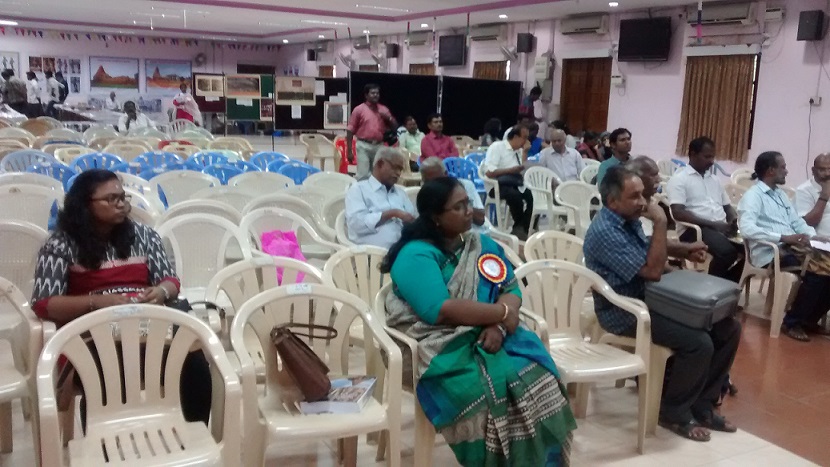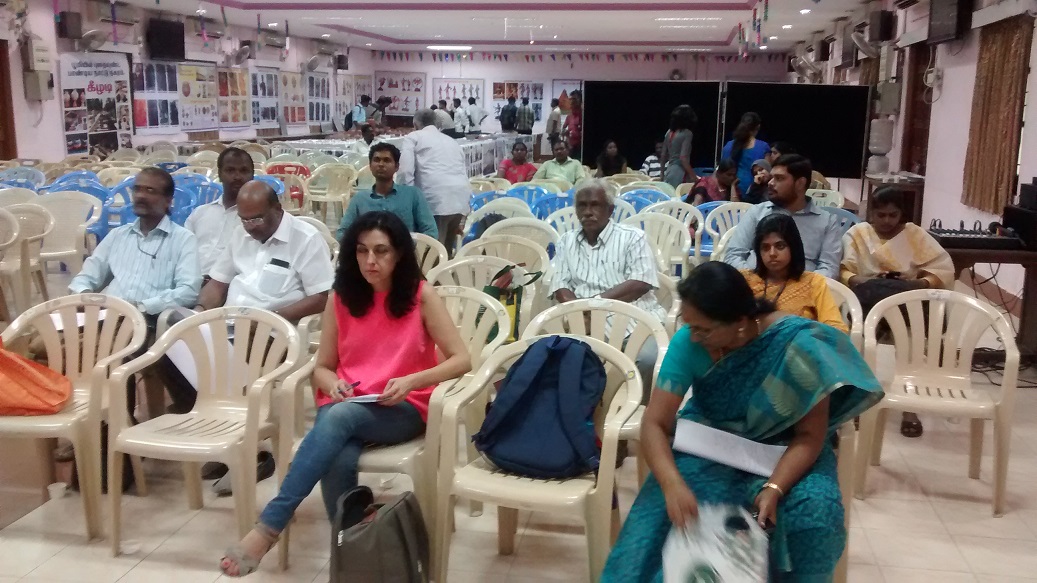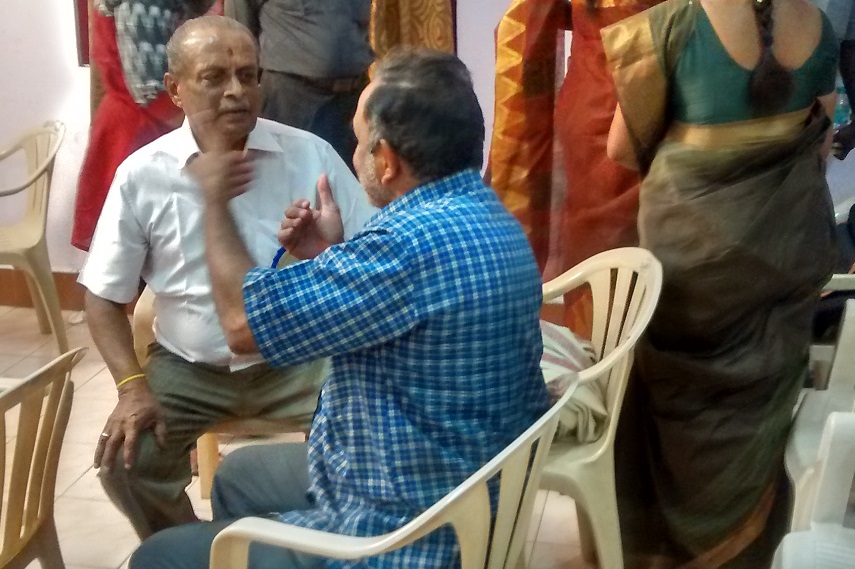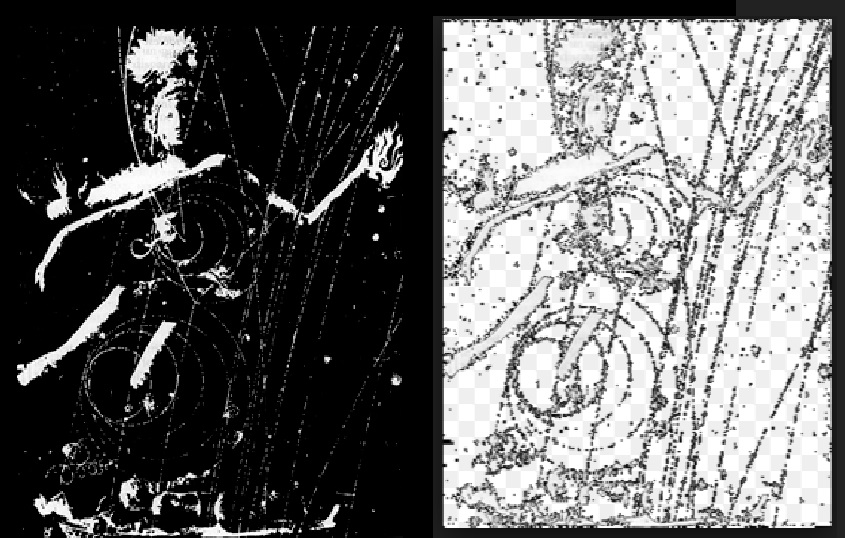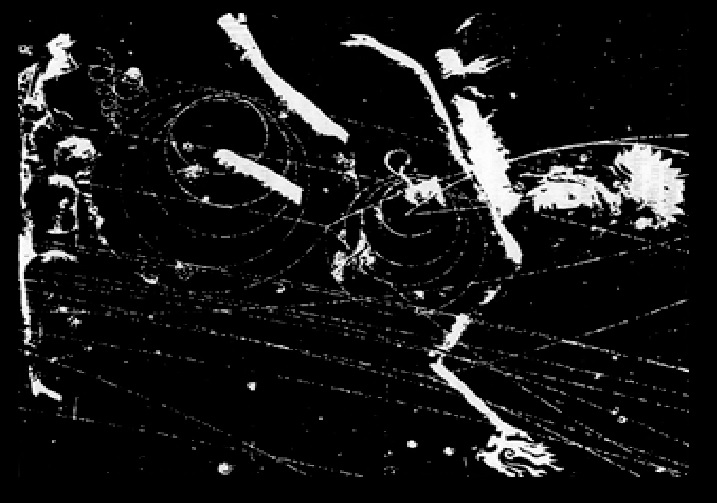Why India was invaded many times since ancient times, but India did not invade? (1)
Indians taught that “India” was invaded always by others: Indian students of schools, colleges and universities are / have been taught that “India” was invaded by the Persians, Greeks, Huns, Arabs, Mohammedans, Europeans and so on[1]. This develops some sort of inferiority complex, in spite of the glorious past of India[2]. A careful reader, however, finds that something is wrong with such imposition, propagation and teaching of such ideas in the curriculum. Indians can also understand the dilemma of the extremities existing in such narratives made. Moreover, what “India,” that was invaded, was not clearly identified, geographically defined and historically described[3]. However, “India” was found so easily, as if it was situated very near to them, before the Indus River. Does it mean that “India” was extended up to the Persian Empire on the west and beyond north-west? Or “India” was near to the Greece or Ionian peninsular? In any case, they were knowing “India” that existed in those days attracting them for some reason. Then, why they wanted to invade, rather than visit. The word “invade” connotes attack, assault, raid, loot, forcefully occupy and so on, whereas, “visit” is like a caller, guest, tourist or sightseer.
What was / is / has been “India”: About “India,” Indians have to propose, propund and establish possible theories and then, select the best possible one. From the earliest times, “India” was conceived, perceived and imagined by the Chinese, Persians, Greeks, Arabs, and others in their own way. It is evident that earlier, Indians were throughout the world, because, incidentally, all were perhaps, “Indians”. As the Indians and the Chinese had / has been the only two living civilizations, definitely, they had acted, interacted, and dialogues with each other. The Persians called “Hind,” the Greeks “India-intra-gangem” and “India-extra-gangem” and the Arabs “Hind.” Thus, “Hindustan” had been the popular expression for more than 2500 years. Of course, the Indian literature, the land was mentioned as “Bharat,” and even Manimekhalai of the post-Sangam literature mentioned it as “Bharatam.” Thus, in the Constitution, it has been mentioned, “India that is Bharat.” The Indian literature, definitely describe the world, continents, countries with details. Incidentally, most of the documents have been missing or reportedly not available. However, the astronomical works starting with Vedanga Jyotisha to Surya Siddhanta and other works, the prevalent of cartography, geography, geology etc., were there, as clear cut ideas – Heliocentric theory, the land mass surrounded with oceanic and sea water s etc – of such concepts are available.
“India” is always studied by others,, but, “others” are not studied by Indians: If any foreigner, non-Indian or outsider is subjected to any inconvenience, crime etc., immediately, it gets wide publicity and is reported in the media. However, when any Indian suffers similarly in a foreign country, rarely or nothing is reported in the Indian media. Millions of workers of all sorts have been working in the UAE, USA, European and other countries. Their position is also reported rarely or the issue becomes serious. Of course, they themselves do not express, as they get money, i.e, salary in one way or the other[4]. “India” has been studied by many European, American, Australian and other scholars, experts and researchers[5]. However, Indians have not studied European, American, Australian and other societies, their social processes, institutions, interactions, and other issues. How man-woman relationships, marriage, family, child-growing, child-care, treatment of elders in the family, age-old customs, tradition, heritage and other aspects are not deliberated. How the domestic, industrial, hospital and other institutional waste, garbage and filth are disposed of, who have been engaged, what is their position in the society, whether they can become president, prime minister or marry others and such other subjects are not examined and reported. Thus, the Indian narratives and discourses dominate and Indians continue to study and work on them, instead of looking at overall progress, development and well-being of 130 crores of people under peaceful conditions.
From ancient times to the medieval period, the Persians, Greek philosophers and Arabs visited India to learn: If Indians had to go by the records of Greeks and Persians, their travellers made visits to India.
- Scylax of Caryanda (in modern Turkey), was commissioned by Darius to explore India and sailed the Indus in 515 BCE.
- Pythagoras of Samos (b. 560 BCE), who is reported to have travelled to India, Persia and Egypt. Esme Wynne-Tyson points out that Pythagoras’ philosophy was essentially that of the highest teaching of Hinduism and that his name may have been conferred on him by the Brahmins, referring to “Pitta Guru” or Father-Teacher.
- Democritus (460 BCE -370 BCE), often referred to as the father of modern science, is reported by Cicero in de Finibus, and Strabo’s in Book XVI as having visited India, in addition to other places in his quest for knowledge[6].
- Reportedly Calanus, a leading figure among the Indian ascetics, called by the Greeks Gymnosophists (‘naked sophists’), spent two years in Alexander’s company[7].
- The Neo-Pythagorean Apollonios of Tyana writes of his visit to Taxila around 46 CE, where he met the King Phraotes and the inhabitants of a Hellenized settlement[8].
- During the Abbasid period, not only the Arabs came to India and collected Indian works on different subjects, but also invited Sanskrit scholars to Bagdad to translate the works into Arabic.
Thus, even for knowledge, many Persians, Greeks and Arabs came to “India,” studied in Indian Universities and taken away books / manuscripts on different subjects. As the Europeans knew such knowledge of numbers, mathematics, chemistry, medicine etc., they were mentioned as Arabs or transmitted by them. Thus, al-chemy, al-gorithm, al-gebra and other words and expressions were created and formed. The Arabs called “Sind-hind,” “Hind-sha,” “Siddha-nt,” “Zij” and so on. Thus, from the 6th cent.BCE onwards, there was sojourn of the Persians and Greeks to “India,” but, only knowledge transfer had taken place and no invasion or war between the people groups.
Did Babylonian, Assyrian, Sumerian, Akkadian, Egypitian forces invaded India?: Incidentally, “India” was known to Babylonian, Assyrian, Sumerian, Akkadian, Egyptian civilizations, as “Indians” were copying and borrowing mathematics, astronomy and other things from them[9]. However, the Hittite people were invoking “Vedic gods” – Indrasil, Mitrasil, Varunasil and Nasathya and it was duly recorded in the Bogoz khai inscription[10] dated to c.1400-1350 BCE.
After all, the Parasika, Gandhara and other kingdoms were part of “India,” as repeatedly mentioned in the Indian and Persian literature like Vedas and Zend Avesta.
Cotton was indigenous to India and from her soil its knowledge and cultivation spread to the rest of the world. The name of this plant has been borrowed by all the nations of antiquity from India. Thus Sanskrit ‘Karpasa’ (Kapas in Hindi) became ‘Kapas’ in Hebrew and ‘Carpasos’ or ‘Carbasos’ in Greek and Latin and then, cotton.
In Egypt mummies have been found wrapped in coloured cloth, and chemical tests of red fabric found in the tomb of king Tutankhamen in Egypt showed the presence of alizarin a red pigment extracted from madder (Rubia cordifolia).
G. Wilkinson[11], Margret Murray[12], S.A.I. Tirmizi[13] on Indian sources for African history clearly reveals that ebony, ivory and cotton goods including silk meant for wrapping the well-known Egyptian mummies were supplied to Egypt in the Second millennium BCE by the Abyssinian and Somali traders who used to transport them from India. Thus, they were having trading relationship and not aggressive attitude toward invading. Waddle, Donald A Mackenzie, William Jones and others pointed out the similarities between these civilizations and thus, perhaps, they had not invaded India.
© K. V. Ramakrishna Rao
10-09-2022
[1] “Aryan invasion” was also added with the invented racial “Dravidans” also entering into India from the northwest and as well as north-east and so on by different “Aryan-Dravidian” protagonists and racist experts.
[2] It is some sort of misinformation campaign, willful propaganda, and psychological war carried on by the vested interests of the colonial period to the present day, ideological groups, definitely, working against the Indian ethos.
[3] The Greek maps attributed to classical cartographers depict the globe and the continents etc., in an incredible, skewed and distorted form, proving that they did not have an idea about “India” of the material period.
[4] Coolie, daily wages, contract labourer, doing hard and menial work – such categories suffer most, but, they do nt come out with the facts. They suffer, suppress the ill-treatment meted out against them and the other unfavourable conditions. They think and decide that after five or ten years, they could earn a sizeable amount, so that they can live happily in India, after their assignment.
[5] Thousands of research papers, millions of theses and dissertations, books have been produced, printed and available all about India and most of them have narratives and discourses in the pessimistic attitude with a negative perspective.
[6] Georgios T. Halkias, “When the Greeks Converted the Buddha: Asymmetrical Transfers of Knowledge in Indo-Greek Cultures“, Religions and Trade Religious Formation, Transformation and Cross-Cultural Exchange between East and West, ed. Peter Wick and Volker Rabens, London, 2014, pp.65-115.
[7] Megasthenes’s account of the Calanus story is founded on Onesicritus, see Karttunen, India in Early Greek Literature, 99. Strabo, Geography, trans. Horace Leonard Jones (Loeb Classical Library, 1969), 63–65, reports that after falling ill, Calanus decided to end his life by setting himself on fijire at Susa amid great honours by Alexander and his generals.
[8] Osmond De Beauvoir Priaulx, The Indian Travels of Apollonius of Tyana, The Journal of the Royal Asiatic Society of Great Britain and Ireland 17, (1860): 70–105.
[9] This is how, scholars still record in the writings, research papes and books, without going into the logic, reason and sequential development processes based on modern scientific methodology.
[10] In 1907, a German archaeologist, Hugo Winckler, discovered an inscription of Boghozkoi which gives the peace treaty signed by two warring tribes in 1400 B.C. in Asia Minor. These tribes – the Hittites and the Mitanis-invoke the Vedic gods, Mitra, Indra, Varuna, and the twin gods, Ashvinis, the latter to bless the marriage alliance between the royal families.
[11] G. Wilkinson respecting some mummy-cloths examined by the late Mr. Thomson, of Clithero: “My first impression on seeing these cloths was, that the first kinds were muslins, and of Indian manufacture; but this suspicion of their being cotton was soon removed by the microscope. Some were thin and transparent, and of delicate texture, and the finest had 140 threads to the inch in the warp………. Purpurissimum Indicum was brought from India. ……..”
Quoted by L. W. Yaggy and T. L. Haines, Museum of Antiquity – A description of ancient life: The Employment, amusements, customs and habits, the cites, palaces, monuments and tombs, the literature and fine arts of 3000 years ago , Standard Publishing House, New York, 1882, p.380.
[12] Margaret Murray, The Tomb of Two Brothers (Museum Handbook), Manchestor, London, 1910, p.66-67. She quoted the microscopic analysis of Thomson and his comparison with Indian muslin.
[13] Tirmizi, S.A.I, Some Aspects of Medieval Gujarat, Munshiram Manhorlal. Delhi, 1968.
Filed under: india, india exragangem, india intragangem, india that is bharat, indian ocean, indica, invade, invaded, invader, invasion, invention, oppressed, suppressed, Veda, Vedas, wheel, white, Will Durant | Tagged: arab, bharat, Bharat-centric, black man, burden, greece, Greek, herodotus, invade, invaded, invader, invading, invasion, mohammedan, persia, persian, white man, whiteman | Leave a comment »





































